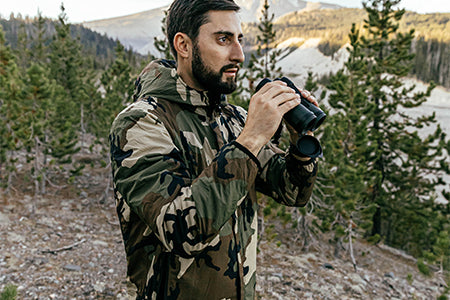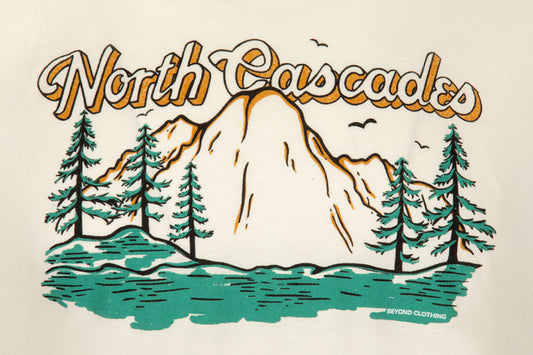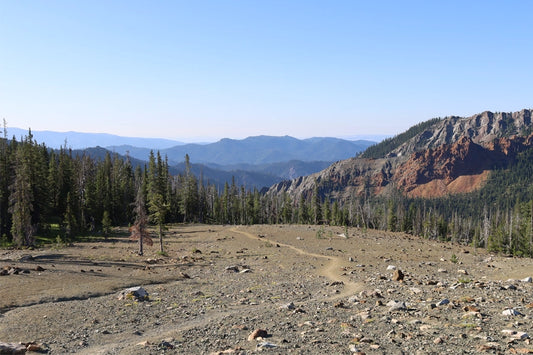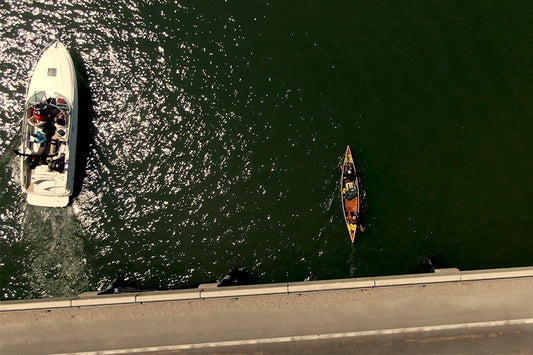The mountains have a certain magnetism. Our thoughts are drawn to adventuring in them and we test ourselves physically hiking and exploring through them. You could almost say high elevation has an intoxicating effect on the outdoorsmen who frequent it or perhaps that intoxication is actually altitude sickness. It’s easy to fall under the spell of the great outdoors but we shouldn’t let our guard down. While the wilderness can be a great source of relaxation, peace, and calm, it can also cause harm to us. Even when we take precautions, accidents happen. Here are some common injuries to plan for when building out your first-aid kit prior to your next trip.
Dehydration
Most people walk around in their daily lives in a dehydrated state. Proper hydration is essential for good brain function, digestion, cooling, and overall muscle health. Much like a dried rubber band that will snap under tension, your muscles will perform better when supple. At elevation and in cold and dry conditions, water consumption must increase. Depending on the water treatment method, the task of creating safe drinking water may discourage the mountaineer from drinking if that task is perceived arduous. Water should be consumed in small sips throughout the day and electrolyte drink mixes, in moderation, can encourage consumption.
Campfire Burns
The campfire is arguably where most injuries will take place. Spilled pots of boiling water, hot frying pan handles, and embers spit out around the firepit all pose a problem in the great outdoors. Burns are painful and range in severity requiring different types of treatment. Simple burns can be treated with topical gels like aloe or dedicated burn gel. Pain is usually remedied with acetaminophen. More significant burns require antibiotics since burns pose a significant risk of infection. Depending on the severity of the burn, immediate evacuation may be necessary.
Cuts to the Hands
Our opposable thumbs give us a tool using capability over other critters in the great outdoors. Since we use our hands for utility, they are prone to cuts to the fingers and palms of the hands. All cuts, punctures, and abrasions should be cleaned out and treated with triple-antibiotic ointment. Fingertip bandages make the most sense to carry since they have more adhesive surface area than standard straight strip bandages. Of course, the best medicine may be preventative to include leather gloves for moving sticks/branches, using sharp tools, and working with potentially harmful objects.
Eye Injuries
Our eyes process countless stimuli throughout the day. Our eyelids and eyelashes help protect our eyes from foreign bodies but every once in a while, they aren’t enough to keep us from harm. Eye injuries are dangerous, painful, and surprisingly common. Corneal abrasions and foreign objects can range in severity. Rinsing out the eye with water while gently opening the eye may help and using a polycarbonate eye shield will provide relief from pressure as the eye heals itself. A tip provided by an ophthalmologist is to carry antibiotic ointment meant for the eye instead of standard antibiotic ointment. The reason being, the ophthalmic ointment can be used in the eye or elsewhere on the body while standard antibiotic ointment cannot be used anywhere but externally on the body.
Sprains
Heavy packs and tired legs are a recipe for sprains and strains. Trips and falls can also contribute to jammed fingers. Twisted ankles and injuries to the fingers can happen on the trail and around the camp in fatigued or low-light conditions. The most recognized treatment for these is rest, ice, compression, and elevation abbreviated “R.I.C.E.” Rest means getting off of the injured area or not using it. Ice is applied cold compress. Compression is afforded with an ace bandage or other wrap. Elevation means keeping the body part higher than the heart on a padded surface in a resting state.
Blisters
Rubbing between your foot and your footwear (to include socks) creates hot spots and blisters. Left untreated, these can become extremely painful and even infected if they open. To counter blisters, always pack moleskin, 2nd Skin, or a dedicated blister kit and know how to use it to reduce the amount of rubbing you encounter. If a blister is large and uncomfortable, it can be popped with a sterilized needle working from the edge closest to the skin outward away from the body. Smaller blisters and the accompanying fluid, while annoying, will just become absorbed back into the body as new skin forms underneath.
Accidents happen in the mountains but luckily most are resolved very quickly with proper treatment. Before we travel far from home, make sure you pack the proper equipment to address these problems allowing you to remain in the field longer. Pair this equipment with formal medical training and you will be more ready to address common issues afield. Keep in mind, it’s said laughter is the best medicine, maybe preventative medicine, and there is a benefit to maintaining a positive mental attitude. Take a moment to appreciate where you are in the mountains that draw us to them. There’s a reason you should be smiling. Check out more from Kevin over at Fieldcraft Survival.
No AI was used during the making of this post.







0 Comments